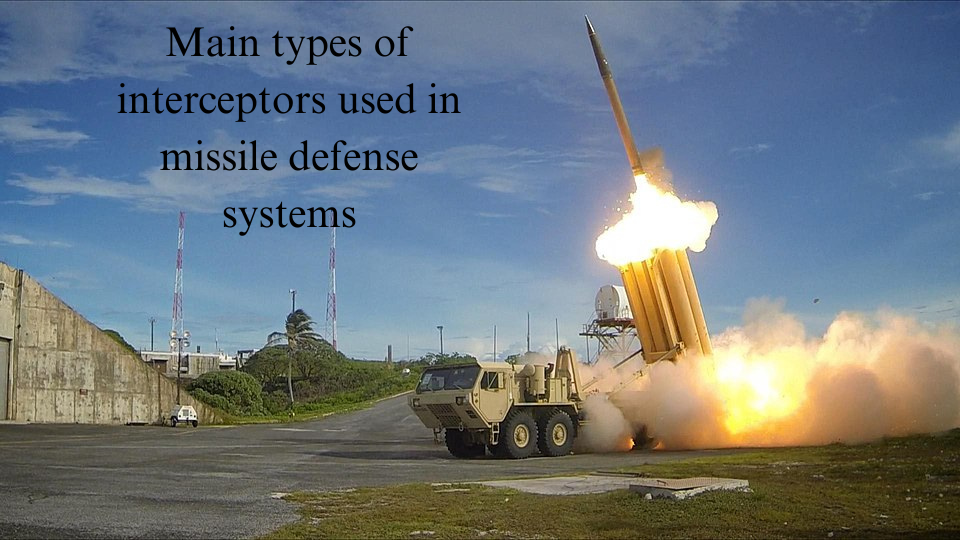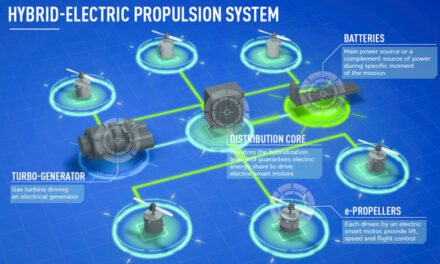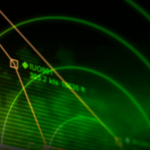Intercepting missiles in flight is a critical component of missile defense, and various types of interceptors are employed depending on the type of threat, range, and operational phase of the missile’s trajectory. Here are the main types of interceptors used in modern missile defense systems:
1. Types of Interceptors by Phase of Engagement
A. Boost-Phase Interceptors
- Purpose: Destroy missiles shortly after launch during the boost phase, when the missile’s engines are still burning.
- Advantages:
- Easier to target due to the large infrared signature from the exhaust plume.
- Prevents the missile from reaching midcourse or deploying decoys.
- Challenges:
- Limited response time, requiring interceptors to be near the launch site.
- Examples:
- Airborne Laser (ABL): A directed-energy weapon mounted on aircraft (experimental stage).
- RIM-161 SM-3 Block IIA: Capable of boost-phase interception in some scenarios.
B. Midcourse-Phase Interceptors
- Purpose: Engage missiles while they are in space during the longest part of their trajectory.
- Advantages:
- Provides a larger time window for interception.
- Intercepts warheads before they re-enter the atmosphere.
- Challenges:
- Requires precision targeting due to the missile’s high speed and the possibility of decoys or countermeasures.
- Examples:
- Ground-Based Interceptors (GBI): Used in the U.S. Ground-based Midcourse Defense (GMD) system.
- Aegis SM-3 Interceptors: Sea-based missiles designed for exo-atmospheric interception.
C. Terminal-Phase Interceptors
- Purpose: Intercept missiles during their final descent as they re-enter the atmosphere and approach the target.
- Advantages:
- Last line of defense, effective against threats that evade earlier phases.
- Often deployed near critical assets or population centers.
- Challenges:
- Very short response time and high closing speeds.
- Examples:
- THAAD (Terminal High Altitude Area Defense): Intercepts at high altitudes in the terminal phase.
- Patriot PAC-3: A highly maneuverable missile designed to intercept tactical ballistic missiles and other threats.
2. Types of Interceptors by Technology
A. Hit-to-Kill Interceptors
- Mechanism: Destroy the target by direct impact, relying on kinetic energy rather than explosive warheads.
- Advantages:
- Reduces the risk of warhead detonation or chemical/biological dispersion.
- Extremely precise.
- Examples:
- THAAD interceptors.
- GBI interceptors in the U.S. GMD system.
B. Explosive Warhead Interceptors
- Mechanism: Destroy or disable the target with a fragmentation warhead that detonates near the missile, releasing high-speed shrapnel.
- Advantages:
- Easier to hit fast-moving targets due to proximity detonation.
- Examples:
- Patriot PAC-2 missiles.
- Russian S-400 missiles.
C. Directed-Energy Weapons
- Mechanism: Use high-energy lasers or microwaves to disable missiles by damaging their structural integrity or guidance systems.
- Advantages:
- Infinite “ammunition” as long as power is available.
- Extremely fast engagement times.
- Examples:
- U.S. HELWS (High-Energy Laser Weapon System): Still in experimental stages.
3. Types of Interceptors by Range
A. Short-Range Interceptors
- Purpose: Engage threats at distances less than 30 km, such as short-range ballistic missiles, rockets, and drones.
- Examples:
- Iron Dome (Israel): Designed to intercept rockets and artillery shells.
- Avenger Air Defense System: Mobile system for low-altitude aerial threats.
B. Medium-Range Interceptors
- Purpose: Counter threats at distances between 30 km and 100 km, including tactical ballistic missiles and advanced aircraft.
- Examples:
- NASAMS (Norwegian Advanced Surface-to-Air Missile System): Effective against a variety of aerial threats.
- Buk-M2 (Russia): Multi-target capability.
C. Long-Range Interceptors
- Purpose: Engage threats beyond 100 km, such as medium- and intermediate-range ballistic missiles.
- Examples:
- THAAD: Effective at ranges of 200+ km.
- Aegis SM-3 Block IIA: Capable of exo-atmospheric interception.
D. Strategic Interceptors
- Purpose: Designed to intercept intercontinental ballistic missiles (ICBMs) with ranges over 5,500 km.
- Examples:
- GBI (Ground-Based Interceptor): Key component of U.S. homeland missile defense.
- S-500 Prometey (Russia): Designed to target ICBMs and hypersonic weapons.
4. Advanced Types of Interceptors
A. Hypersonic Interceptors
- Purpose: Counter hypersonic missiles traveling at speeds exceeding Mach 5 with unpredictable trajectories.
- Examples:
- Glide Breaker (DARPA): Under development to intercept hypersonic glide vehicles (HGVs).
B. Multi-Object Kill Vehicles (MOKVs)
- Purpose: Deploy multiple kill vehicles from a single interceptor to engage multiple warheads or decoys simultaneously.
- Examples:
- Future U.S. MOKV programs.
C. Space-Based Interceptors
- Purpose: Engage threats from space, providing a global layer of defense.
- Examples:
- Proposed systems like Brilliant Pebbles from the Strategic Defense Initiative (SDI).
5. Key Examples of Modern Interceptor Systems
- Patriot Advanced Capability (PAC-3)
- Role: Terminal-phase interceptor for tactical ballistic missiles, cruise missiles, and aircraft.
- Range: ~35 km.
- Guidance: Hit-to-kill with enhanced maneuverability.
- THAAD
- Role: Intercepts ballistic missiles in the terminal and upper atmosphere.
- Range: 200+ km.
- Guidance: Hit-to-kill.
- Aegis SM-3
- Role: Midcourse interceptor for ballistic missiles.
- Range: Up to 2,500 km.
- Guidance: Hit-to-kill with advanced radar support.
- Iron Dome
- Role: Short-range interceptor for rockets and artillery shells.
- Range: 4–70 km.
- Guidance: Explosive warhead with proximity detonation.
- S-400 Triumf
- Role: Long-range interceptor for aircraft, cruise missiles, and ballistic missiles.
- Range: Up to 400 km.
- Guidance: Explosive warhead.
6. Challenges in Interceptor Development
- Speed and Maneuverability:
- Hypersonic and maneuvering missiles make interception challenging.
- Countermeasures:
- Adversaries deploy decoys, jamming, and stealth technologies to evade interception.
- Saturation Attacks:
- Large-scale attacks overwhelm interceptor systems.
- High Costs:
- Developing and deploying advanced interceptors can strain budgets.
Conclusion
Missile defense interceptors are a cornerstone of modern air and missile defense systems, offering layered protection against diverse threats. As missile technologies evolve, interceptors are becoming more sophisticated, incorporating advanced guidance, propulsion, and detection technologies to counter emerging challenges like hypersonic missiles and saturation attacks. Continuous innovation is essential to maintaining effective defense capabilities in an ever-changing threat environment.
Hashtags
#MissileInterceptors #AdvancedDefenseTech #InterceptorMissiles #MissileDefenseSystems #PrecisionInterceptors #BallisticMissileDefense #BMDInterceptors #HighAltitudeInterception #MidcourseInterceptors #TerminalInterceptors #EndgameDefense #CloseRangeMissileInterception #TerminalMissileDefense #BoostPhaseInterceptors #EarlyInterceptionTech #SeaBasedInterceptors #GroundBasedInterceptors #AirborneInterceptors #HypersonicInterceptors #GlobalMissileDefense #FutureOfMissileDefense













